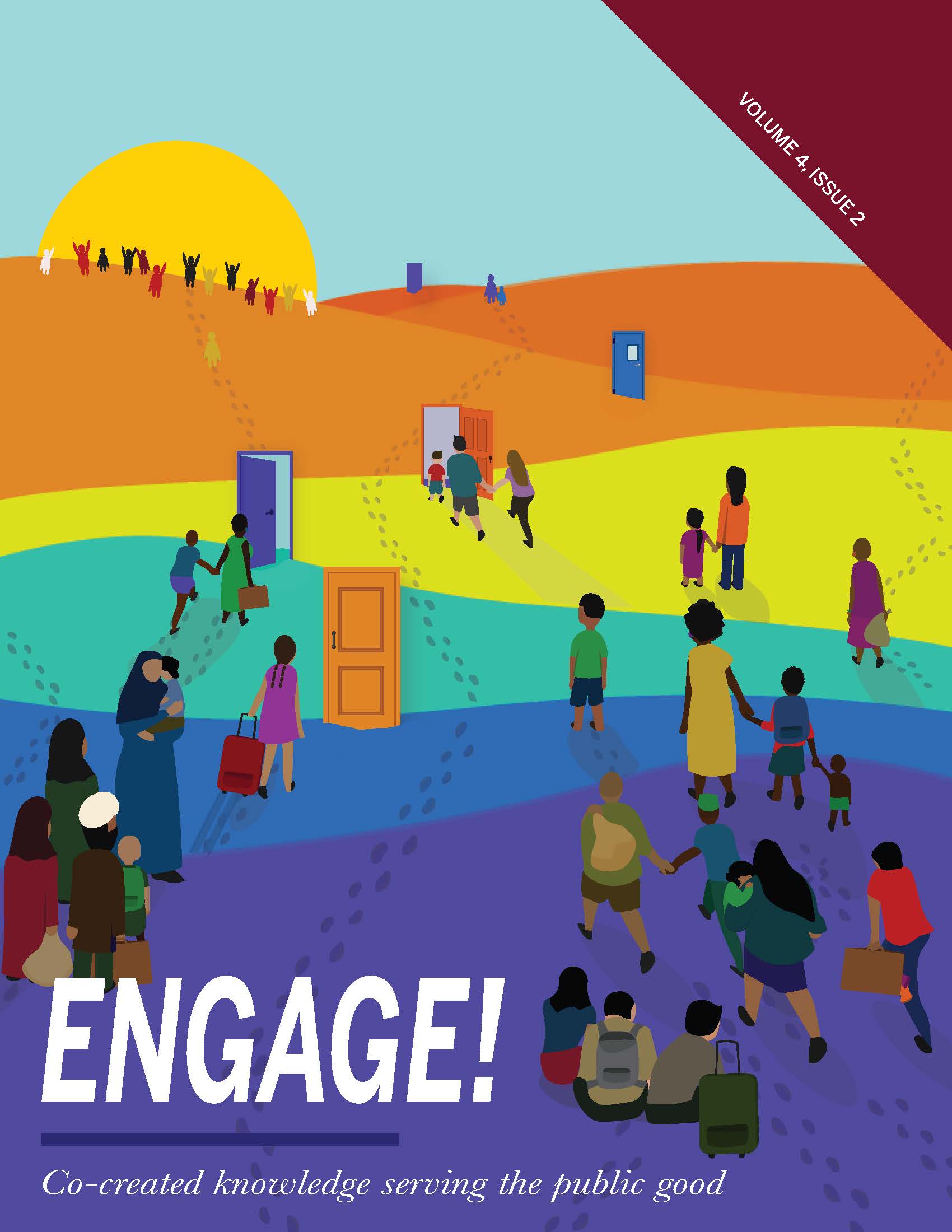Assessing Functional and Comprehensive Health Literacy in a Syrian Refugee Community
DOI:
https://doi.org/10.18060/26771Keywords:
Health Literacy, Refugee Health, Curriculum, Accessibility, English as a New Language (ENL), InterventionAbstract
Newly resettled refugees have poorly managed acute and chronic health conditions as a result of their migration experience. To add to an already complex experience, poor health literacy complicates effective utilization of healthcare among these communities (Wångdahl et al., 2014). Health literacy has been described in the literature as one of the key determinants of and potential barriers to optimal health (Kickbusch, 2001). Anecdotally, health literacy curricula have been implemented in other low-literacy communities with success. Yet there are very few known structured curricula built into the resettlement experience in the United States (U.S.), and even fewer have been described in the literature.
In collaboration with Closing the Health Gap and Refuge Collaborative, a six-week health literacy curriculum was developed and disseminated in adult Syrian refugee populations within the Greater Cincinnati Area. Using a pre-post intervention design, I aimed to assess the baseline health literacy of newly resettled adult refugees in the Greater Cincinnati Area and evaluate the effectiveness of the health literacy curriculum in improving the functional health literacy of these communities. This pilot study informed the development of a health literacy curriculum aimed at high school refugee students enrolled in Cincinnati Public Schools.
Establishing the effectiveness of such a curriculum has the potential to have far-reaching impacts on other refugee communities undergoing the resettlement experience. Other communities experiencing low health literacy, such as African Americans, may also benefit from a similar curriculum. Most importantly, improved health literacy can indirectly translate into more effective health care utilization and lead to overall better health outcomes for disadvantaged communities.
Downloads
Published
Issue
Section
License

This work is licensed under a Creative Commons Attribution-NonCommercial 4.0 International License.

